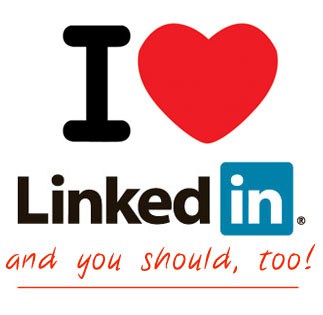For years, I’ve been raving publicly about LinkedIn and was one of the very early adopters in Silicon Valley of this technology. LinkedIn has some compelling newer offers to consider in the B2B segment.
Many B2B Marketers have felt a bit burnt by prior years performance of text based LinkedIn ads – investing quite a bit of money at a high CPM rate with little to no conversion, so LinkedIn has some work to do to earn trust back. However, B2B Marketers that may not have taken a recent look at their advertising capabilities and may be missing out on highly targeted new offers. As I talk with my global clients particularly with those that are sales oriented are consistently using LinkedIn to get account, opportunity and lead intelligence information – it is by far the global standard for information relative to other comparables (Data.com, Hoovers, D&B, etc.) that are either largely North American centric or English country centric.
Let’s quickly delve into a couple of the newer advertising capabilities of LinkedIn.
First, it is really important to understand what your company is trying to do – drive more revenue, speak more frequently to customers, gain more market intelligence, etc. Each tactic could use a different LinkedIn strategy.
- In the newer partner based advertising models, emails can be targeted on a job title basis with open rates on their emails according to one representative from LinkedIn range from 20% to 40% – with click through rates of 10%. The more granular one can get with the right industry, title, etc, the better these ads perform. At a cost of $2.50 per message (approximate estimation), it is costly, but worth the investment for the response rate if you know exactly who your target sponsor, influencer or end user you want to reach by title. This information was reverified at a recent Sales 2.0 conference which I attended where an enterprise client claimed a 15x open rate vs. conventional email.
- LinkedIn Polls provide a dialogue and a light weight market research mechanism. It allows for more engaging dialogue by a community and gives flexibility to virally share ads. This is probably not ideal for lead generation purposes.
- Lastly, LinkedIn company pages allow companies to target followers, who are likely to be existing customers or existing ‘net promoters’ of the product (sans competitors of course). This approach allows direct communication with the follower base through status updates – and the added benefit that information shared with the follower is also seen by the followers network of people. This seems to be targeted to either customer retention or upsell capabilities within an existing customer base.
LinkedIn continues to innovate. I’m test driving some of the above concepts more aggressively with my clients in our search to convert more leads to revenue and will let you know what I find out. In the mean time, I’m curious what your experience is – particularly around other social media mechanisms that are getting more aggressive in the B2B lead generation segment.

